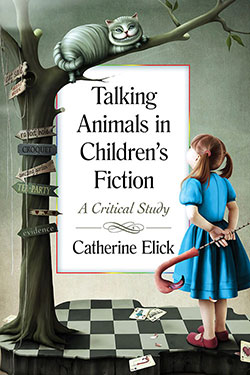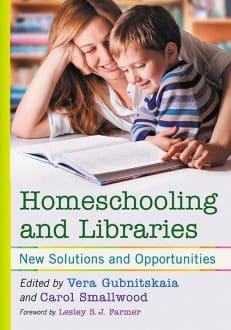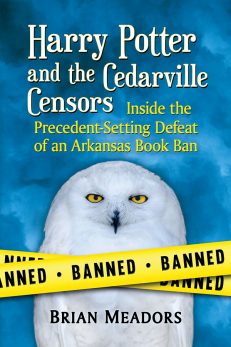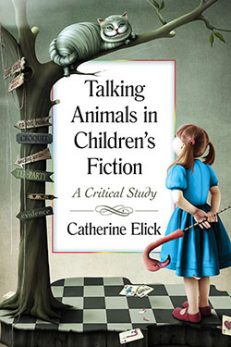Talking Animals in Children’s Fiction
A Critical Study
$29.95
In stock
About the Book
Talking-animal tales have conveyed anticruelty messages since the 18th-century beginnings of children’s literature. Yet only in the modern period have animal characters become true subjects rather than objects of human neglect or benevolence. Modern fantasies reflect the shift from animal welfare to animal rights in 20th-century public discourse. This revolution in literary animal-human relations began with Lewis Carroll’s Alice’s Adventures in Wonderland and continued with the work of Kenneth Grahame, Hugh Lofting, P.L. Travers and E. B. White.
Beginning with the ideas of literary theorist Mikhail Mikhailovich Bakhtin, this book examines ways in which animal characters gain an aura of authority through using language and then participate in reversals of power. The author provides a close reading of 10 acclaimed British and American children’s fantasies or series published before 1975. Authors whose work has received little scholarly attention are also covered, including Robert Lawson, George Selden and Robert C. O’Brien.
About the Author(s)
Bibliographic Details
Catherine Elick
Format: softcover (6 x 9)
Pages: 268
Bibliographic Info: notes, bibliography, index
Copyright Date: 2015
pISBN: 978-0-7864-7878-1
eISBN: 978-1-4766-2004-6
Imprint: McFarland
Table of Contents
Table of Contents
Acknowledgments ix
Preface 1
Introduction 5
One. Entering the Wonderland of “What If”: Lewis Carroll’s Alice’s Adventures in Wonderland (1865) 23
Two. Contested Borders: Kenneth Grahame’s The Wind in the Willows (1908) 44
Three. Advocating for Animals: Hugh Lofting’s Doctor Dolittle Series (1920–1952) 67
Four. Exploring the Mystery of Shared Origins: P. L. Travers’s Mary Poppins Series (1934–1988) 91
Five. A Revisionist History of Revolutionary America: Robert Lawson’s Ben and Me (1939) 120
Six. Feasting at the Feet of St. Francis: Robert Lawson’s Rabbit Hill (1944) 138
Seven. The Animal in Us: E. B. White’s Stuart Little (1945) 154
Eight. Sowing the Good Word: E. B. White’s Charlotte’s Web (1952) 170
Nine. New York’s Times Square as Carnival Market Square: George Selden’s The Cricket in Times Square (1960) 189
Ten. Escaping the Rat Race: Robert C. O’Brien’s Mrs. Frisby and the Rats of NIMH (1971) 209
Chapter Notes 231
Works Cited 244
Index 253
Book Reviews & Awards
“Highly recommended”—Choice; “lively new study…valuable”—Children’s Literature Association Quarterly; “an intelligent multifaceted study…valuable…[Elick’s] approach is original and her observations are fresh…insightful…a fascinating posthuman discussion throughout the book”—Children’s Literature; “a scholarly exploration of animals as characters of autonomy and authority”—ProtoView.






